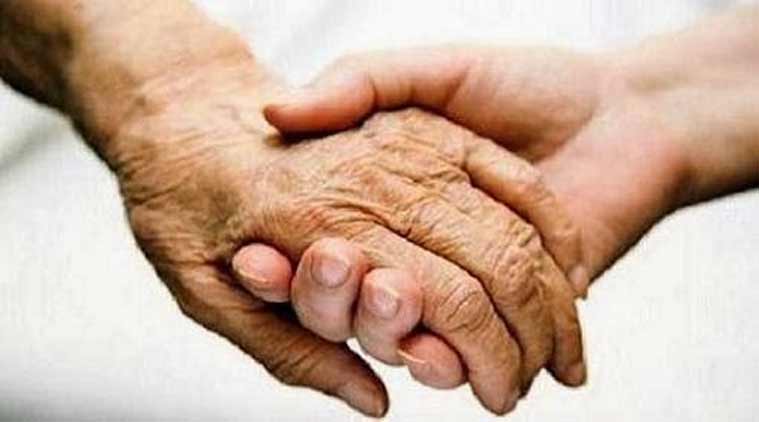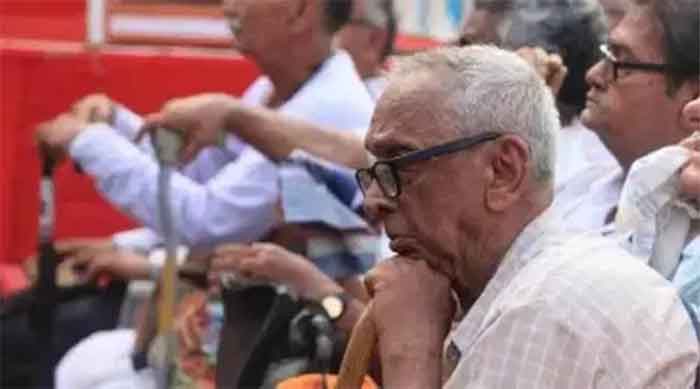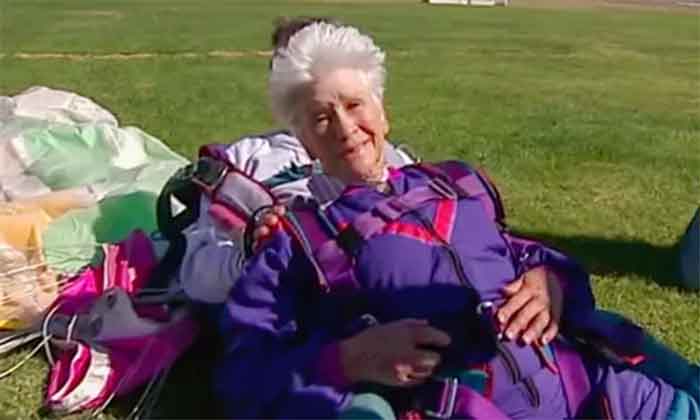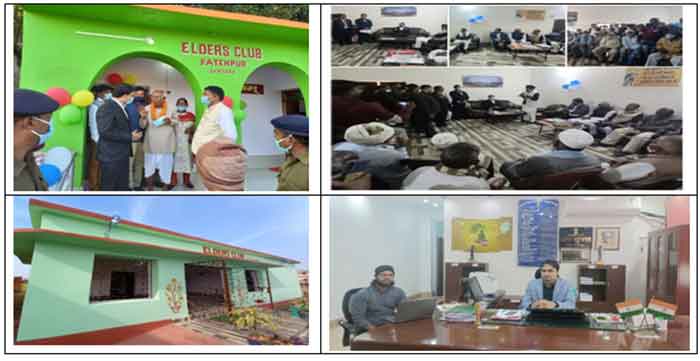
Stigmatising the women’s life after 30 is not a new strategy in the market, especially when it comes to the cosmeceutical industries which have been selling some anti-aging promises since ages. Marketing the fear of ageing is the by-product of the constant social pressure of being young, the desired age characterized by beauty, energy, and strength. The advertising industry is one such cultural industry constantly attributing fear as an appeal to the advertised products, be it an anti-aging cosmetic product or a healthy drink, especially for women. For instance, the advertising campaign of Women’s Horlicks endorsed by Bollywood actress Tapsee Pannu talks about decreasing bone density of women after the age of 30 and is trying to set an ideal age for women’s healthy body. This portrayal of women after the age of 30 is reinforcing the prejudices against the weaker body of a woman and intends to homogenize the large market.
This mediated fear is creating a ‘resistance’ against aging in the minds of the potential consumers creating artificial market demand for a vague idea of agelessness. This resistance is mainly connected with the social construct of powerlessness that comes with aging. It is also a result of body politics of ensuring our bodies to behave in a socially and politically accepted manner. It restricts us into some dichotomies such as old/young, ugly/beautiful, strong body/weaker body, etc. stigmatizing the identifiers of aging such as wrinkles, grey hair, etc. This fear comes with the feeling of powerlessness and being marginalized in the society around us resulting in some socio-cultural discriminations. Here comes the ‘ism’ we talk less in public debates and discussion- that is Ageism.
Ageism is linked with the socio-cultural discourse embedded in social constructions of all the prejudices, stereotypes, discriminations, etc. based on aging. Aging is not just a natural phenomenon of growing old, it also involves manifestations of social stigma related to age-based inequalities and discrimination. The idea of ageism reflects the socially constructed sense of powerlessness and uselessness that comes with the fear of a disabled body and death. The fear of becoming powerless with aging has been one aspect that questions the resistance represented in the media texts portraying some age-based stereotypes. This resistance is reinforced in the negative portrayal of old age in the media legitimizing the social pressure of ‘successful aging’ or ‘aging gracefully’.
Such stigmas are the common visuals represented in the media such as the narrative of not accepting wrinkles is one stereotyped image especially related to gendered ageism of representing women in the media. The body politics relating to aging and powerlessness can be seen through the narrative of an Indian web series called Bombay Begums streaming on Netflix. The character Rani, a middle-aged woman, starring Puja Bhatt, is the CEO of a bank whose persona is all about a strong and bold woman taking charge of all her business decisions despite the tyranny of the patriarchy. In the introducing shot of Episode 1, Rani asked her make-up artists to hide the dark circles which depict her desire for a young body, free of wrinkles. Here, Rani’s resistance to aging is visible in her effort to apply make-up and her infatuation for tying beauty and power to her youthfulness. The idea of powerlessness associated with the fear of aging is seen in Rani’s confrontation with the pre-menopause symptoms reflected in her body as she tried to deny her reality of reaching the ‘age’. In the conversation with her subordinate Fatima, another leading role played by Shahana Goswami, Rani refused to name it as menopause symptoms when she felt ill middle of an official meeting with her colleagues. This resistance of Rani symbolizes her fear of giving away the power she had been nurturing for years as the CEO of the bank. This portrayal of Rani’s denial of her menopause represents the social stigma of losing identity and power while aging.
Aging is not only about a deceasing body or identity, it is also about social norms stereotyping some age-appropriate attitude, behaviour, lifestyle, etc. For instance, our ideas of love, desires, and lust, are always restricted by social norms and expectations related to body politics. The social control over our body defines how we perform our social roles in terms of accepting even our own body and expressing our desires. Stereotyping a flawless body as an object of love and desire is the common narrative we often see in the media. The story of ‘Bua Ji’ in the movie Lipstick Under My Burkha is a narrative of repression and struggle of resistance to such social expectations and labels. Starring Ratna Pathak, the story goes narrating Usha’s struggle of losing her identity to some socially-expected role as an old and dignified middle-aged widow. Bua Ji was losing her identity buried under some unfulfilled desires and living someone’s life. Bua Ji’s moment of realization happened when she felt for the swimming coach Jaspal and wanted to join the class. When Jaspal asked her name to fill up the joining form, she replied- ‘Bua ji’. That very moment, suddenly she felt a longing for her name, Usha Parmer, her lost identity. She had not just forgotten her name, she was forgetting herself being the woman shaped by society. Finally, when she tried to take the courage to live her desires, she saw her reflection in the mirror with fear. She did not have the guts to see in the mirror which was standing like a graveyard of her desires.
Another story, “I love my wrinkles“, an episode of Amazon Prime’s web series, ‘Modern love Mumbai’ is an alternative narrative to this stereotyped idea of aging that redefines middle-aged romance and desires. The socially created restrictions on accepting our bodies and desires put Dilbar Sodhi, a sixty-year-old woman, in a deep dilemma when her friend who was in his 20s confessed his sexual desire for her. Her dilemma in accepting her desire was symbolically represented through the painting of a woman which her friend painted in black and red colour and gifted her while confessing his sexual desires for her. In a sequence of imagination, the camera takes some close-up shots of Dilbar fantasizing about him while posing like the woman in the painting gifted by him. The entire shot was about Dilbar accepting her body and her past scar. Dilbar was living with the scar of not being able to forgive herself for her lover, Iqbal’s death who died in an accident when she was driving the car. Her scar on her body and mind was a part of her dilemma in accepting her desires. She was not ready to leave her past buried in her body scars. Her journey of acceptance started when she confessed her sexual desire for her young friend despite the age gap.
This narrative of defying the prejudices by Dilbar Sodhi sends a message of accepting our body beyond the skin and desires beyond social stigmas. The narratives of promoting body confidence against the socio-cultural odds of body politics promotes a strong message of accepting our own body in all shapes, sizes and age. This is welcoming on the part of creating counter narrative on the emerging OTT platforms against the social discourse of instilling the fear of embracing our wrinkles.
Dr. Madhusmita Boruah, Assistant Professor, Center for Distance and Online Education, Tezpur University, Email Id: [email protected]















































